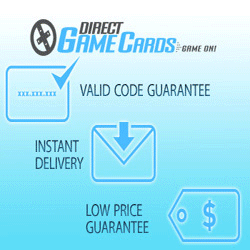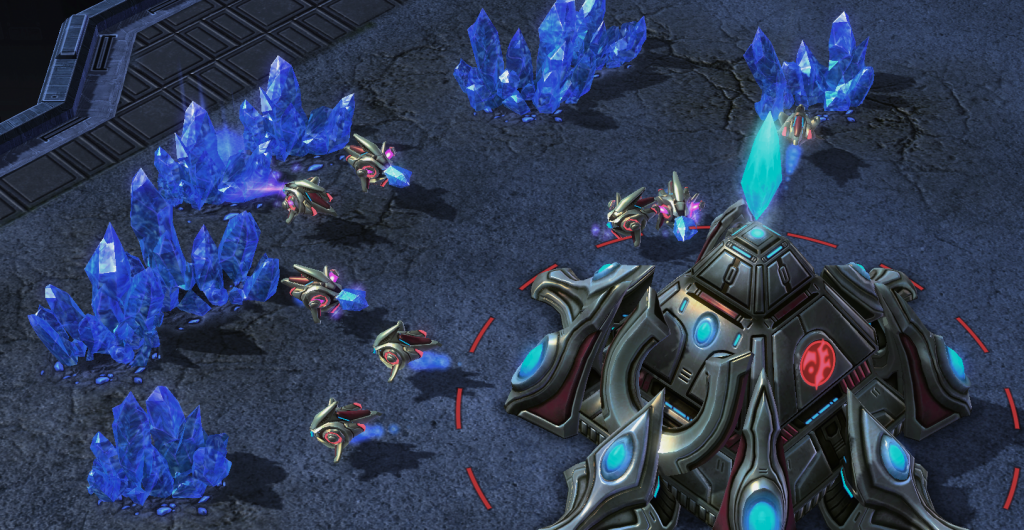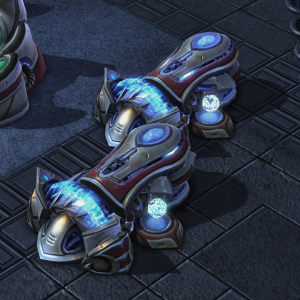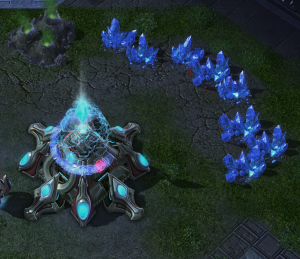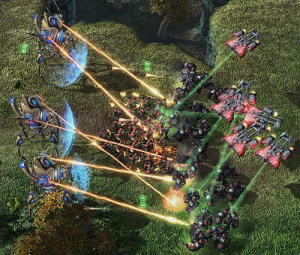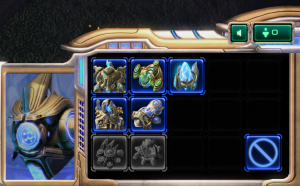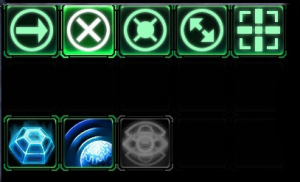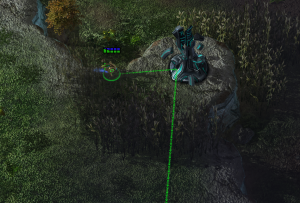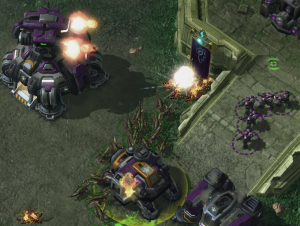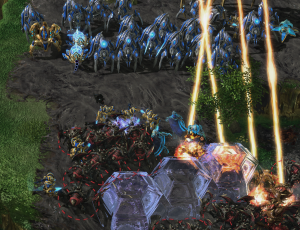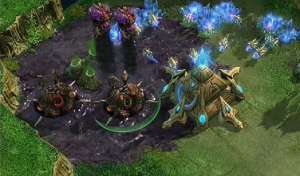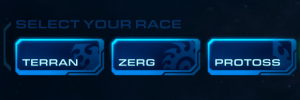Preparing for Starcraft 2’s Multiplayer
I recently had a very good question asked of me on the SEA Forums. BlackTalyn, who had not yet started online multiplayer, wanted to know whether practicing against the computer AI was a good way to prepare for online play, or whether it would teach bad habits. He also wondered the same about practice league. Knowing that he was probably eager to get started I provided a short answer, but I also wanted to write a more detailed response here as it is quite a relevant question for brand new players. So in this article I will discuss the above options for preparing for multiplayer as well as a few more.
Playing the Computer AI
Playing against the computer AI can be an excellent way to prepare for online multiplayer provided you are aware of the differences between the AI and human players. Basically what you do to defeat the AI is quite different from what you will have to do to defeat a human opponent. The AI is predictable and uses very simple strategies that do not employ any of the tricks that human players use.
What is good about playing the AI:
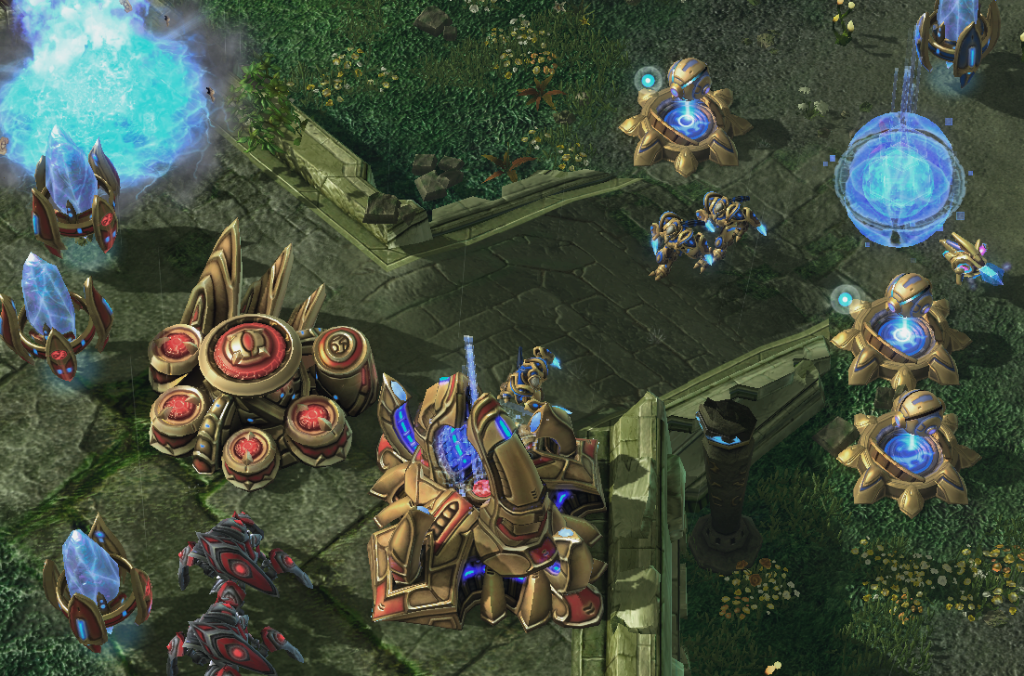
You will never see the computer AI Proxy Zealot-Cannon rush like this person.
- Learn the units, hotkeys, and mechanics of each race with no pressure. I highly recommend playing at least a few games as each race before you decide which one to play online. See my article on the three races for more info on choosing a race.
- The AI (Medium and Hard) will do frequent and decently sized attacks. These attacks are predictable but can still be pretty hard to defend if you do not play well enough. If you can defend these attacks you are on your way to doing so online.
- You can practice you’re opening over and over. Set the AI to very easy and you can practice and practice until you’re opening is smooth. The first 10 mins of online games can be quite difficult when you first start, seconds can mean the difference between losing or defending an early attack. A tight opening can help you dominate this portion of the game.
I recommend playing against the AI for a while before going online. Before I went online I played a few games against the Easy, Medium and Hard AI and it helped me build my familiarity with the game and get my confidence up. Just remember that the AI cannot prepare you for all of the wacky and tricky things that your opponents will do online.
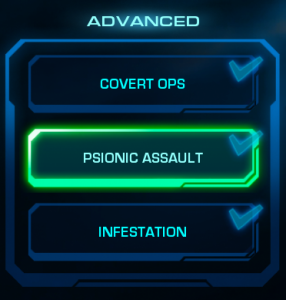
Challenges are mainly micro-focused.
Completing the Challenges
The challenges are a series of specially designed scenarios for the purpose of practicing certain skills. They were added to the game by Blizzard to help prepare new players for online play, so use them!
If there is a problem with the challenges however, it’s that they too heavily emphasise micro (unit control) which is actually less important for beginners then macro (production). Only one or two challenges focus on macro and even then they only focus on the opening few minutes of the game. As such the challenges will not teach you the skills required for constant production in the later stages of games.
I recommend trying to get a silver rating in most of the matches, particularly Rush defence and Opening Gambit. You can always come back and polish your skills by going for golds later on.
Watching Games/Replays
At any stage in your Starcraft 2 career watching casts of matches or replays is an excellent way to improve. Usually you are looking for new strategies, tricks, and other specific things. However, when you are just beginning the goal of watching games and replays is not to give you specific insight or even strategies, but rather to give you an idea of what the game is about.
So try not to pay too close attention to all the specific details of the games you watch. Focus instead on the broad strokes of play and the general way that matches play out. For example, if you notice that one player decides to build a second base really early take note of how that impacts the game. “Oh, he built a second base really quickly and almost died there for a while but later on he had a heaps bigger army”. Those are the types of things you want to take notice of because it gives you a fundamental understanding of the game to build upon. As such watching games and replays is the best thing you can do early on to improve your understanding of the game.
Want to know where to get videos of games or replays to download? Head to my Learning Resources section.
Playing in the Practice League
I am going to come right out and say that I do not recommend the practice league for preparing for multiplayer Starcraft 2. Practice league is designed as a way to ease very new players into the game with it’s lower speed setting and destructible rocks to prevent early attacks. I would only recommend this to players who have never played against a human before and are having severe confidence issues or to people who are looking for a super casual playing experience.
Unfortunately for the vast majority of players the design of the practice league creates bad habits such as not defending early on in the game or being too passive. The lower speed setting I feel just makes the real thing seem much more hectic once you do move on. I played a few (maybe ten) practice league matches and I would have preferred that I had just skipped it entirely, it has taken me a long time to break away from the passiveness of those games.
Preparing Mentally
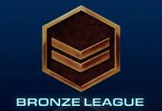
Bronze league is nothing to be ashamed of!
All of the above things will help to prepare you mentally for online play and will help you feel more confident. But you should remember that it’s not your goal to go in and win a heap of matches because you are super prepared. The point of the above preparation is only to give you an appreciation of the game and an understanding of why you will lose most of your matches. Thats right, it is very likely that you will lose a lot of matches when you begin, particularly your placement matches.
Hopefully all of your preparation and understanding of the game will allow you to see this as a challenge to overcome rather than a deterrence to playing again. I get the feeling that those initial losses are a big deciding factor in whether new players come back for more. Hopefully by being better prepared this hurdle can be overcome.
Do you know anyone who is about to start playing online or has lost a heap of matches early on and has lost interest? If so share this article with them and hopefully we can get more people playing and loving SC2.
